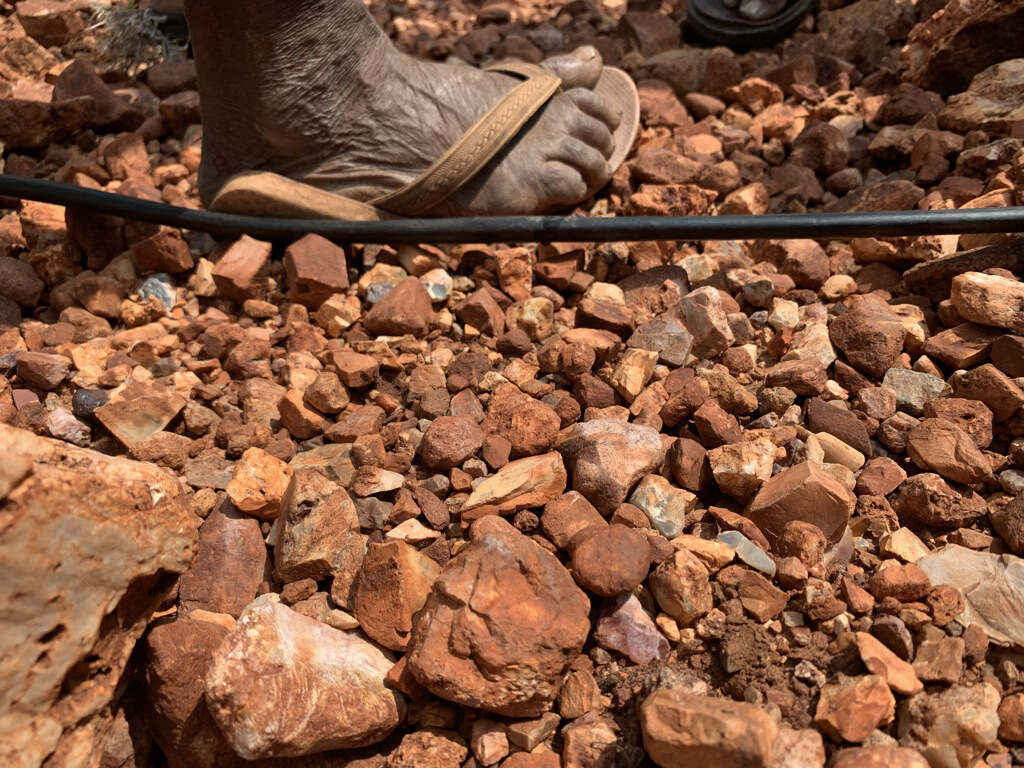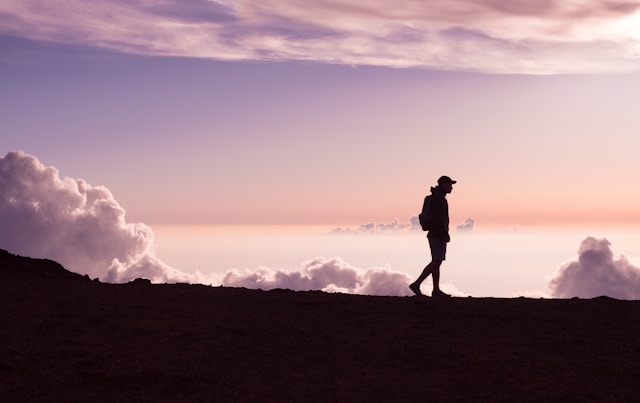
Bodies as Proxies, or The Stratigraphic Evidence of Our Appetites, at Metabolic Scales from the Human to the Planetary, on the Occasion of the Anthropocene’s Ongoing Debate About Itself
The atmosphere of anxiety concerning the Anthropocene amplifies when considering how its eerie and unwieldy forces affect our bodies. Across posthumanist, science studies, and new materialist discourse, the concern about corporeal impacts seems to huddle around a particular set of words: porous, permeable, vulnerable, sensitive. These are invoked as scholars seek to describe the status of bodies threatened by invisible, global, and pernicious toxins. In a looping story of strata and sediment and edible rocks, this essay similarly seeks to articulate the material instabilities of bodies in an epoch that itself resists clear definition. (read more...)







